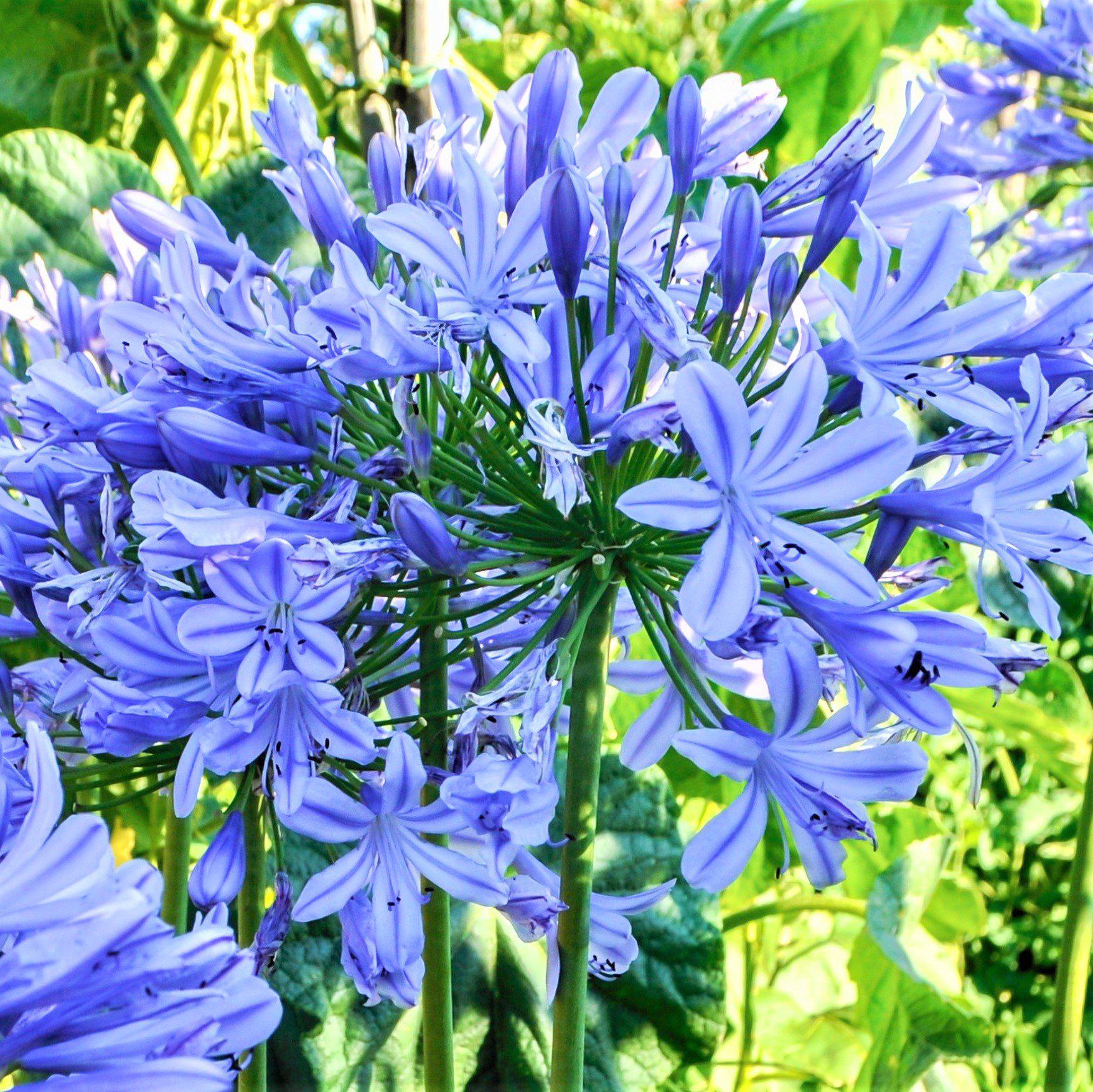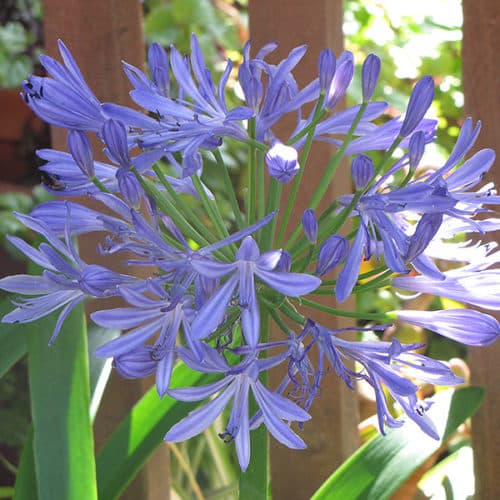Agapanthus Treatment Tips for Lush and Vibrant Flowers
Agapanthus Treatment Tips for Lush and Vibrant Flowers
Blog Article
Understanding the Art of Agapanthus Treatment: Vital Steps for Healthy Growth and Vivid Flowers
In the world of horticulture, the growing of agapanthus stands as a rewarding endeavor for those that look for to nurture these elegant blooming plants. From picking the best variety to understanding pruning techniques, the journey towards growing flourishing agapanthus plants is multifaceted and holds the essential to unlocking the complete possibility of these botanical treasures.

Picking the Right Agapanthus Selection

When picking the best Agapanthus range for your garden, think about variables such as climate suitability, blossom shade, and growth habit. Agapanthus, frequently understood as Lily of the Nile or African lily, is available in a variety of shades ranging from tones of blue and purple to white. Select a blossom color that enhances your existing garden scheme to create a harmonious landscape. Furthermore, think about the environment in your area to guarantee the Agapanthus range you choose can grow in your particular problems. Some ranges are more tolerant of cold temperatures, while others prefer warmer climates. Understanding the growth behavior of different Agapanthus ranges is critical for appropriate placement within your garden. Some selections have a clumping development routine, ideal for containers or boundaries, while others have a more spreading nature, ideal for ground cover or mass plantings. By very carefully assessing these variables, you can select the perfect Agapanthus variety to boost the beauty of your yard.
Perfect Planting Conditions
Taking into consideration the ideal ecological needs is essential for effective Agapanthus growing. Agapanthus plants are sensitive to cold temperatures and need to be protected from frost during winter season months.
To ensure healthy and balanced growth and lively flowers, plant Agapanthus light bulbs at a deepness of regarding 2-4 inches and room them 8-12 inches apart. Mulching around the base of the plants helps retain wetness and suppresses weed growth.
Watering and Feeding Tips
Maintaining correct dampness levels and giving vital nutrients are crucial components in the care routine for Agapanthus plants. When it comes to watering Agapanthus, it is critical to strike a balance. These plants favor regularly damp soil yet are prone to root rot if overwatered.
Fertilizing why not find out more Agapanthus is necessary for promoting healthy and balanced development and respected flowers. Use a balanced plant food, such as a 10-10-10 formula, in the very early springtime as brand-new development arises. By complying with these watering and fertilizing tips, you can guarantee your Agapanthus plants prosper and create lively, durable blossoms.
Trimming Techniques for Agapanthus
Pruning Agapanthus plants at the appropriate times and with correct techniques is essential for keeping their wellness and advertising ideal development and blooming. The ideal time to here are the findings prune Agapanthus is in late winter or early springtime before new growth arises.
Deadheading spent blossoms can additionally reroute the plant's power right into creating more flowers rather than establishing seeds. If you want to accumulate seeds for proliferation, leave some flowers to dry and mature on the plant.
Remember to utilize clean, sharp tools to make accurate cuts and minimize the threat of presenting diseases. Agapanthus. Regular trimming will aid maintain your Agapanthus looking neat and healthy while guaranteeing a bountiful display of gorgeous flowers
Dealing With Common Parasites and Diseases
After making certain correct trimming techniques for Agapanthus, it is necessary to address common insects and conditions that can impact the health and wellness and vigor of these plants. One typical insect that influences Agapanthus is the Agapanthus gall midge.
One more typical problem is fungal leaf place, which provides as dark lesions on the fallen leaves. To protect against fungal diseases, ensure great air blood circulation around the plants, prevent above watering, and get rid of any kind of contaminated fallen leaves promptly. Furthermore, Agapanthus plants can suffer from origin rot if they are planted in inadequately draining pipes dirt. To avoid this, plant Agapanthus in well-draining dirt and stay clear of overwatering. By being attentive and taking timely action versus illness and pests, you can assist your Agapanthus plants prosper and create lively blooms.

Final Thought
In read this verdict, grasping the art of agapanthus treatment includes selecting the ideal range, providing suitable growing problems, appropriate watering and feeding, appropriate trimming strategies, and attending to typical parasites and illness. By following these necessary actions, you can make certain healthy growth and vivid blooms for your agapanthus plants. Remember to regularly keep an eye on and preserve your plants to advertise their overall well-being and durability.
To guarantee healthy development and vivid blooms, plant Agapanthus light bulbs at a depth of regarding 2-4 inches and area them 8-12 inches apart. By adhering to these watering and fertilizing tips, you can ensure your Agapanthus plants grow and produce vivid, resilient blooms.
One usual bug that influences Agapanthus is the Agapanthus gall midget. Furthermore, Agapanthus plants can suffer from origin rot if they are grown in poorly draining dirt. By complying with these necessary actions, you can guarantee healthy and balanced development and lively blossoms for your agapanthus plants.
Report this page